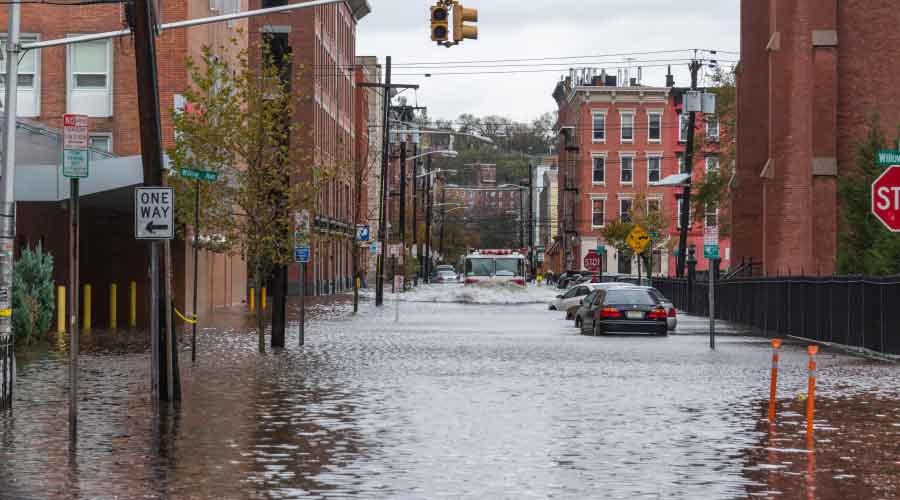
Climate Change Increasing Storm Surge in Hurricanes
As sea levels rise and storms intensify, more people becoming vulnerable to strong storms. August 15, 2022
By Dave Lubach, Managing Editor
Hurricanes are becoming more powerful as climate change continues to impact the planet, and that trend will only worsen and threaten more people along the east coast of the U.S. according to a report.
An NPR report examined the climate futures of population centers like New York City, Washington D.C. and Miami-Dade County and found that continuing sea rising based on modeling from the National Hurricane Center will expose 720,000 more people to flooding due to hurricanes over the next few decades.
The research came from three powerful hurricanes – Sandy, Isabel and Irma – to examine how much more impactful storm surges could grow. The study showed that the storm surge only continues to go further inland and grow deeper as storms intensify. If the sea rises by more than 3 feet by 2080, more critical facilities such as hospitals and schools will be at risk.
“Every bit of sea level that we add to this just makes this kind of scenario worse,” says Brian Haus, a hurricane researcher at the University of Miami’s School of Marine and Atmospheric Science. “Each time a wave hits, it’s just a big spike. That kind of repetitive shock loading is the kind of thing that causes a lot of structural failure.”
According to NPR analysis, the number of people at risk in hurricanes will about double by 2080 with a projected sea level rise of 2.5 feet.
The starkest example of the increased storm effects is in New York City, where in nearly 800 buildings across New York City were damaged or destroyed during 2012’s Superstorm Sandy that left about 2 million people without electricity and caused $19 billion in damage. Flooding from Sandy affected 207,000 New Yorkers, but a similar storm surge in 2080 is projected to affect 468,000 people.
Dave Lubach is managing editor, Facility Market.
Next
Read next on FacilitiesNet












